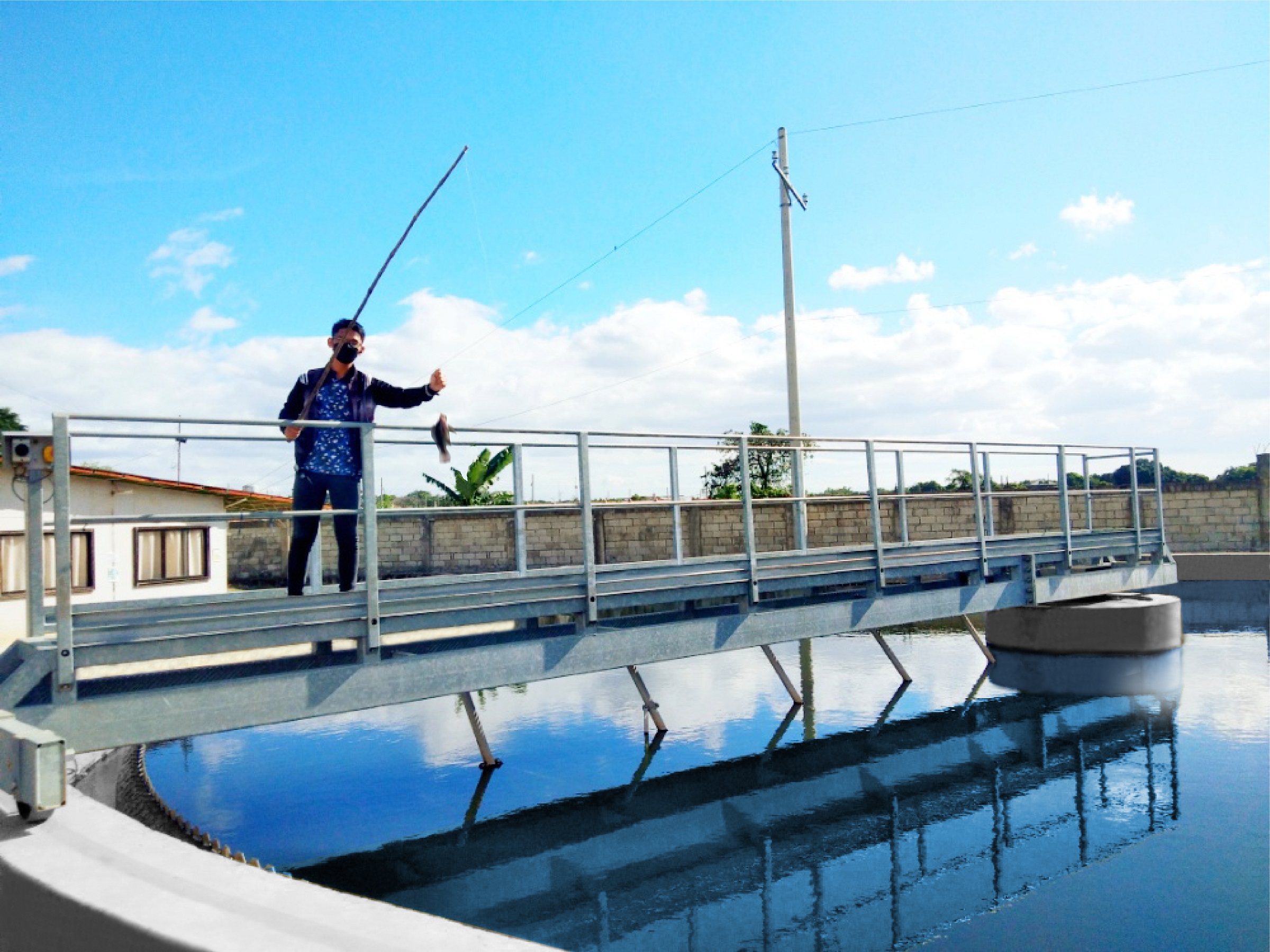Lockdowns and typhoons
Despite the lockdowns in the Philippines due to the Covid-19 pandemic, the construction continued. The difficult part, however, was the absence of the foreign Marel engineers. “But we found a way of working that was very beneficial for both parties. We had virtual meetings every other day and we were able to communicate transparently with pictures and videos. We could ask or post questions, followed by really quick replies from Marel. Eventually, one Marel engineer succeeded in coming over to us and it took him only two weeks to get the entire system in operation,” says Efren Martinez.
“The construction process went very smoothly, without any delay, despite typhoons and other bad weather. Within eight months, we were able to build everything. We could even keep our existing processing systems in use during construction. All this was only possible through the efforts of our staff and Marel’s remote support, which we really appreciate.”
company website: mayharvestcorp.com




